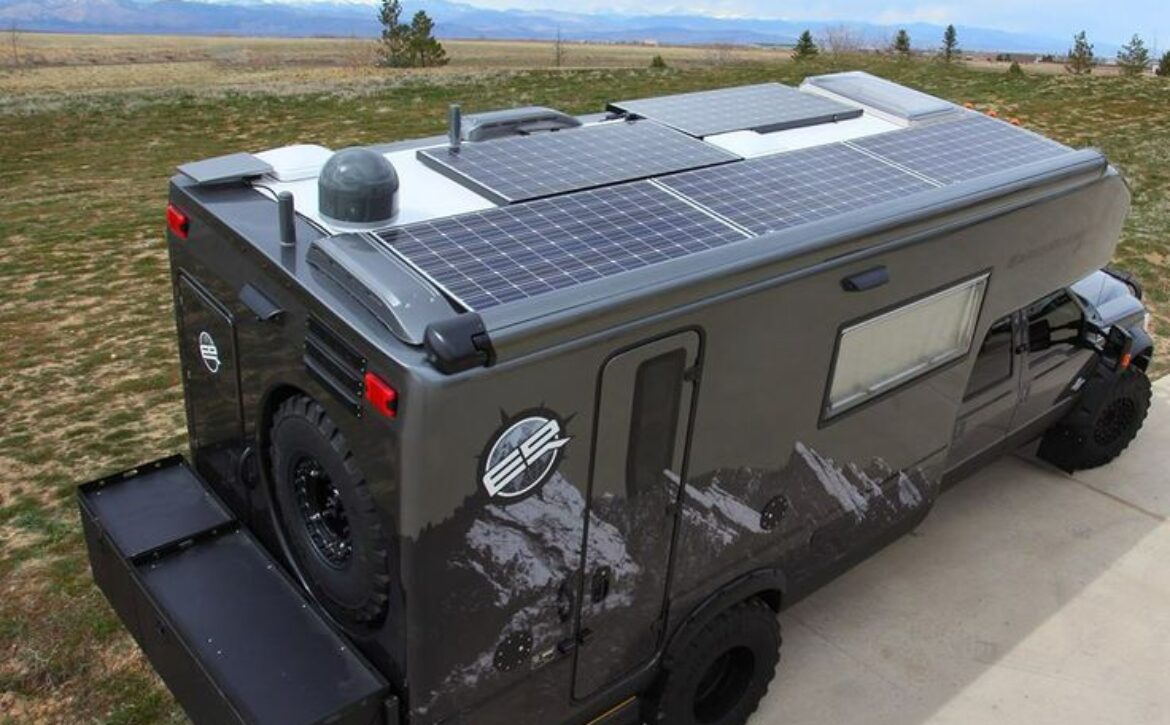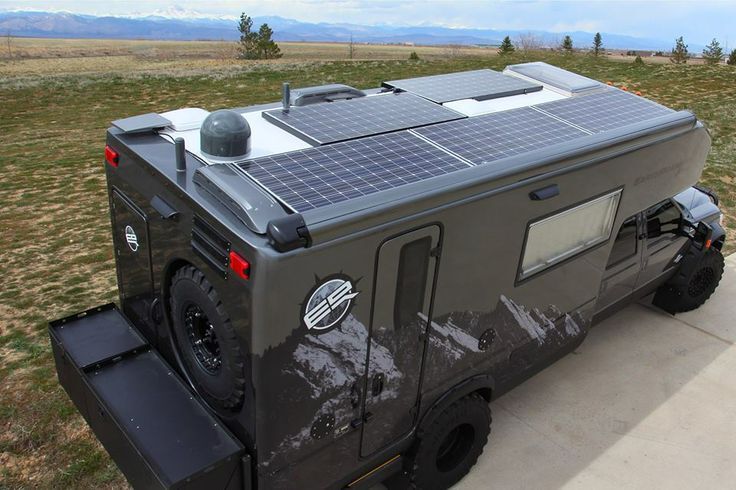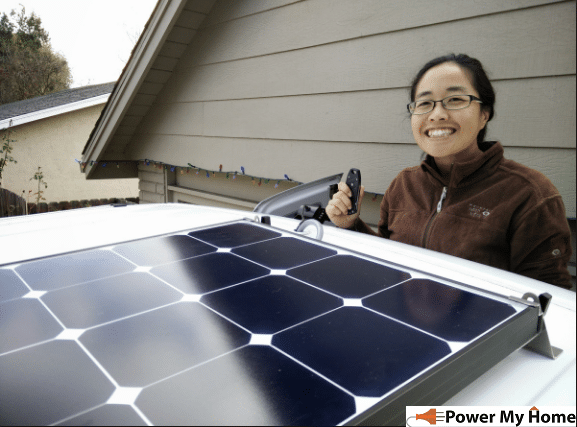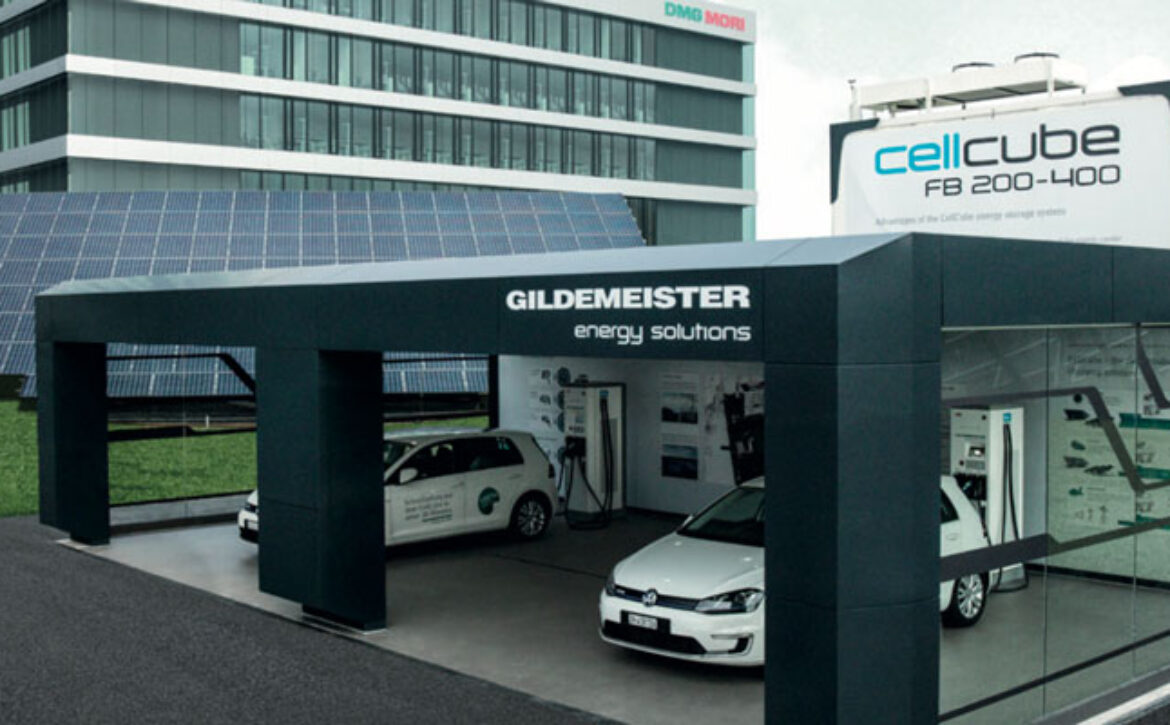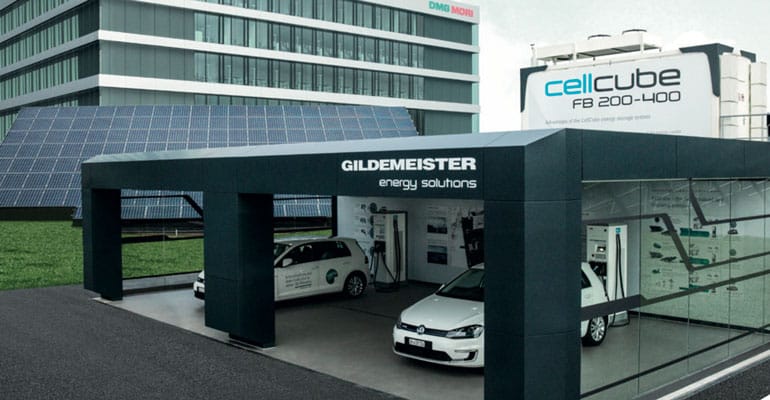How Easy Is It To Put Solar Panels on Your Camper Van or RV?
Whether you’re building or buying a camper van or other RV, modern lifestyles demand it has some kind of steady power supply besides the vehicle’s battery. An on-board generator is one such option. But a cleaner and easier-to-maintain alternative is to install solar panels on your camper van or RV. And with a bit of prep-work, it’s something you can do at home or hire (us) the experts to do it for you.
What kind of solar panels do you want on your camper van or RV?
You may have seen large solar panels installed on homes or by power stations. However, those aren’t the only kind available to camper vans and RVs, Parked in Paradise reports.
Panels come in a variety of sizes and arrangements. Some are small and flexible enough to lean against your windshield. Others are rigid, with enough surface area that they have to be installed on the roof. That doesn’t mean you can’t mix-and-match panels, though. For example, you can have a few small portable panels to recharge a phone, while a large fixed one helps power the rest of the RV.
How many solar panels does your camper van or RV need?
Given there’s only so much space in and around a camper van and RV, knowing how many solar panels you can install is an important concern. However, not necessarily for the reason you may think.
Your camper van’s or RV’s solar panels don’t power your lights, fridge, or other electrical devices directly, eXplorist explains. Instead, the current they generate goes into a current controller which feeds into a battery or power bank. It’s that battery/power bank that’s drained when you plug in a heater or laptop charger. As such, adding more panels doesn’t change the available power, but how quickly the power source recharges.
Solar panels are rated based on how many watts they produce. To calculate how many watts you’ll need, you first have to find out how much power your devices use in a typical day. That means either measuring it directly with a wattmeter or calculating it directly based on each device’s amp-hour (Ah) and voltage rating and turn-on time, Motorhome reports.
Once that’s done, you can estimate the bare minimum battery capacity you’ll need. And after that, you can calculate how many solar panels your camper van or RV needs based on estimated daylight duration.
For example, say I have a 12V battery with a 100-Ah capacity. That works out to 1200 Wh of power. If I can only guarantee 4 hours of usable sunshine, I’ll need a 300 W solar panel array.
What you’ll need
If you’re building your RV or camper van yourself, you’ll need a few things besides the solar panels themselves. As we’ve mentioned, you’ll need a battery and a charge controller to store the charge. Plus, if the battery/power bank supplies DC power, you’ll need an inverter to convert it to AC.
If you’re using rigid panels, you’ll also need mounts to secure them to your roof. Parked in Paradise recommends tilt mounts because they maximize how much sunshine hits the panels. You’ll also need to wire the panels together. Usually, that’s done in series, which doesn’t require fuses or expensive wiring, but some charge controllers require an in-parallel setup. Luckily, many manufacturers, like Renogy, supply camper van solar panel kits with all the necessary hardware.
Once you have the hardware, you’ll need to figure out where to place the panel and how to arrange the wiring. So, before you install anything, measure your distances, or create a van mock-up to see if you have long-enough cables, Far Out Ride recommends. However, while drilling into the roof to mount your panels is the go-to method, Wayfarer Vans reports there are panel adhesives available.
If you’re buying a pre-made RV or camper van, some come with solar panels pre-installed. Others, like Airstream’s Basecamp trailer, come pre-wired for solar panels. Wayfarer’s camper van conversion kits don’t come with solar panels, but they can be ordered with a Goal Zero power station that’s ready-made for solar panels. All you need to do is buy the panels and plug them in.
